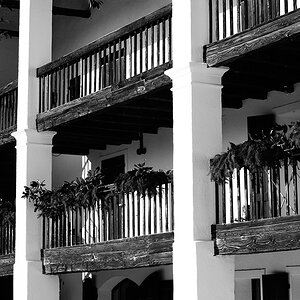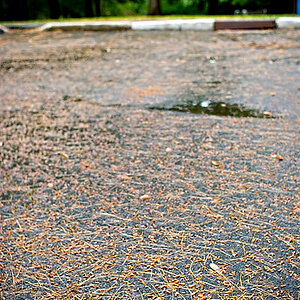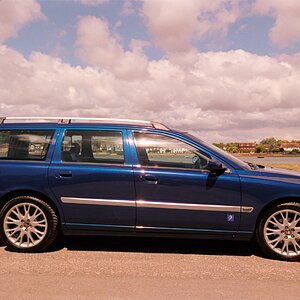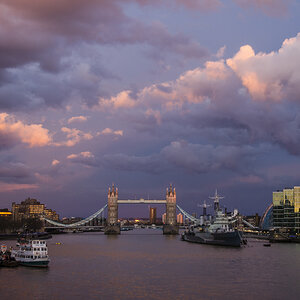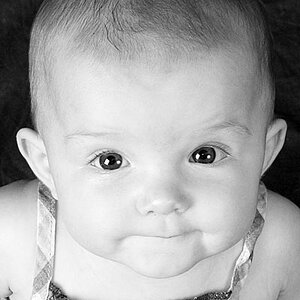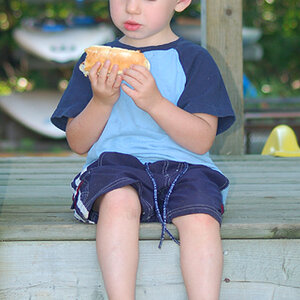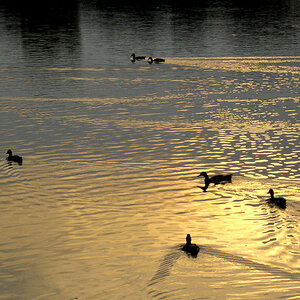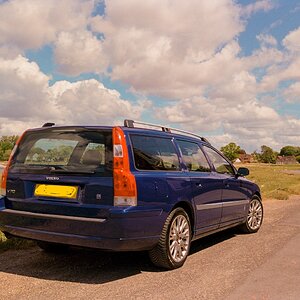santino
No longer a newbie, moving up!
- Joined
- Jun 17, 2004
- Messages
- 2,299
- Reaction score
- 54
- Location
- Austria, heart in Poland -->
- Website
- www.artofart.com
I'm wondering if anybody could give me some info about the "zone system" by Ansel Adams?
I read some articles about and I'm not sure if I got it right, if you would find time to make a short explanation (so that I can compare it, to what I know). Any help appreciated
ps: hope it's the right place to post this article, cause it's only 50% darkroom work
I read some articles about and I'm not sure if I got it right, if you would find time to make a short explanation (so that I can compare it, to what I know). Any help appreciated
ps: hope it's the right place to post this article, cause it's only 50% darkroom work




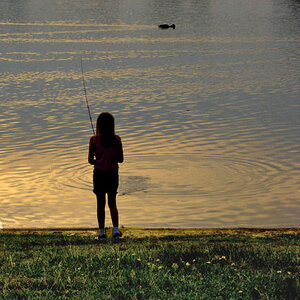
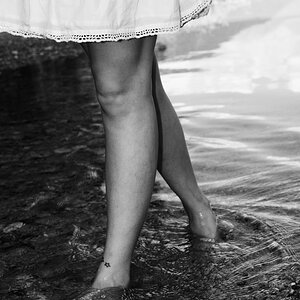
![[No title]](/data/xfmg/thumbnail/33/33358-426ca644c08fb31a8cc23232f17de8dd.jpg?1619735922)
